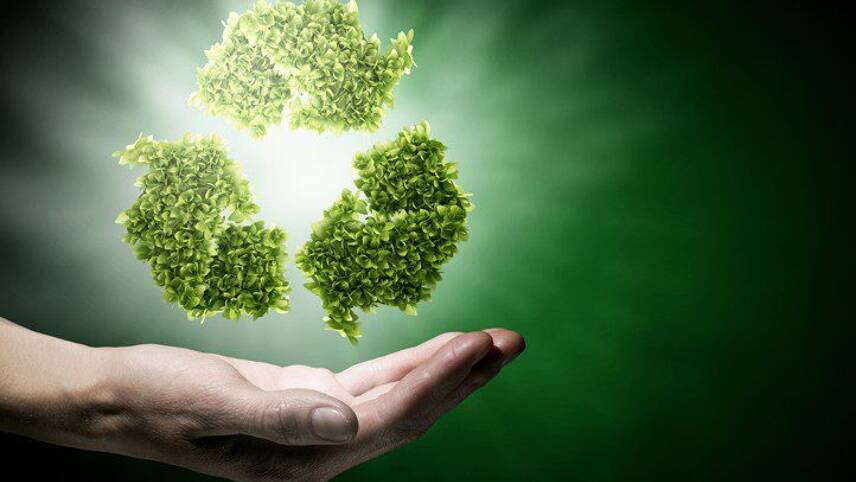Register for free and continue reading
Join our growing army of changemakers and get unlimited access to our premium content

Many still subscribe to the world view that took us from the Industrial Revolution to the world we inhabit today. It’s a linear view of the world that fosters a “take, make and waste” approach to production. It assumes the world’s resources are infinitely available for us to use – and then throw away – even though it is now clear that this is not the case.
The world needs to move to a more holistic view of the goods and services we produce. Responsibility goes beyond when your raw materials enter a factory and when the finished product leaves.
For some goods, especially foodstuffs, the biggest impact comes from growing or producing the raw materials that go into them. For others, including many consumer goods, the main impact comes when people are actually using them. To be able to reduce the negative effects of a product, you need to know exactly where they occur. This means closely examining the entire value chain, from design to disposal, to work out where to concentrate efforts to make products more sustainable.
Rather than seeing this as a possible burden, progressive leaders recognise an opportunity to innovate, either by improving their operational processes or creating new products that help to tackle sustainability issues.
Let’s illustrate with a couple of incredibly successful examples that highlight the business case for this approach.
The brewer SABMiller improved its water efficiency by 25% between 2008 and 2015 by ‘water footprinting’ (an analysis of freshwater used – not an elaborate new form of torture!) its operations and using a shadow water price for each part of its breweries.
This meant that it used 23 billion litres less water than it would have at 2008 efficiencies. Not only did this save water, but improving water efficiency has delivered additional energy, chemical and effluent cost savings. “The less water we use, the less we have to pump, treat, heat, cool and discharge,” the company says.
Meanwhile, Renault has built a multi-billion Euro business by re-using materials. Roughly a third of the materials in its new vehicles are recycled, and its Choisy-le-Roi plant in the Parisian suburbs takes old engines and uses them to create new ones – for every 120 old engines that enter the plant, 100 new ones triumphantly emerge.
By treating waste as a resource, companies can transform their environmental footprint. But there is more to it than that, as Accenture’s Peter Lacy asserts. “What about the wasted capacity in the cars that stand idle for 90% of the day? Or the wasted lifecycles as products are discarded after their first use? And what about the wasted embedded value that could be eliminated by repurposing materials?”
Looking at waste differently not only reduces environmental damage, it can also significantly reduce business costs and generate new revenue streams. An exciting prospect, and certainly food for thought.
Gerald Naber, vice president of sustainable lending, ING




Please login or Register to leave a comment.